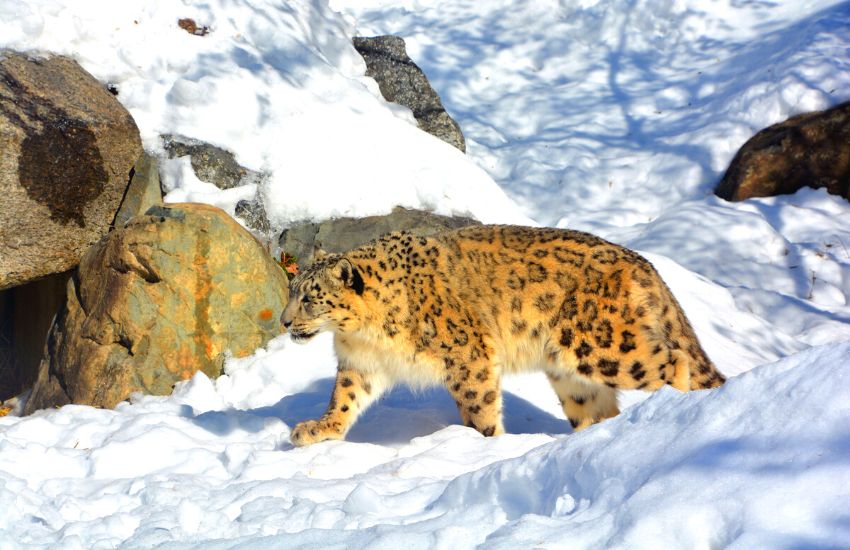shelter pets in need
Each order helps pets in need

The Nat Geo Big Cats Initiative is up and running, and it's time we learn more about this amazing program! Learn more about how National Geographic seeks to protect big cats such as lions and tigers from all around the world. Support and involve yourself with these innovative big cat conservation projects now!
National Geographic has been on the front lines of big cat conservation for decades. Through their Big Cats Initiative, Nat Geo supports projects that protect these cats in the wild.
Everyone knows that to save big cats like lions, tigers,
The program also supports research to understand big cat populations better. They’ve funded studies using camera traps to estimate wild cat densities in Thailand and GPS collars to track snow
Education and outreach are equally important. The program works with local communities to promote coexistence with big cats and find solutions that benefit both people and wildlife.
The future remains uncertain, but there is hope with more people on the case. Big cats forever!

Big cats are some of the planet's most majestic yet vulnerable animals. As top predators, big cats help maintain the balance of ecosystems, but their numbers have declined dramatically over the last century due to poaching, habitat loss, and human-wildlife conflict.
By supporting organizations like the National Geographic Big Cats Initiative, you can help ensure these magnificent creatures continue roaming the wild for generations. The future of big cats is in our hands. What will we choose?
Big cats around the world need our help. As human populations grow and expand into wild habitats, big cats are losing their homes and access to prey. Some species have lost over 90% of their historic range. Why should we care about these apex predators?
As top predators, big cats help maintain the balance of ecosystems by controlling prey populations. Without big cats, deer and other herbivore numbers can explode, damaging plant communities and landscapes.
This disruption has a ripple effect across the entire food web. Protecting big cats means protecting the health of ecosystems we all depend on.
Big cats have captivated the human imagination for centuries, appearing in art, mythology, and folklore across cultures. The loss of these iconic animals would be a tragedy.
Majestic creatures like lions and jaguars have come to symbolize qualities like power, courage, and beauty. Their presence in the wild sparks wonder and connects us to the power and mystery of nature.

The Big Cats Initiative is working to protect big cats in the wild. As a supporter, you can help ensure the long-term survival of these creatures. Here are a few ways you can support this important cause:
Your financial contribution will directly fund critical conservation efforts like reducing human-wildlife conflict, monitoring big cat populations, and protecting habitat. Donate on the National Geographic Society website or consider becoming a monthly donor to provide sustainable support.
Educate others about the threats facing big cats, like poaching, loss of prey, and habitat destruction. Wear rescue shirts and make a statement. Grassroots efforts can inspire people to take action and motivate political will for increased protection.
If you want to see big cats in the wild, do your research to find reputable tour operators that follow best practices for responsible wildlife tourism. Make sure any animal rescue vacation you take does not disrupt the natural behaviors of animals.
Use your voice to advocate for political policies and legislation that protect big cats. Write letters, sign petitions, and contact political representatives to encourage their support of conservation initiatives. Collective action can influence policy changes that have a large-scale impact.
She is a wildlife filmmaker noted for her part in the conservation of big cats.
The initiative draws money from grants and donations.
It is managed by the National Geographic Society.
Leave a comment